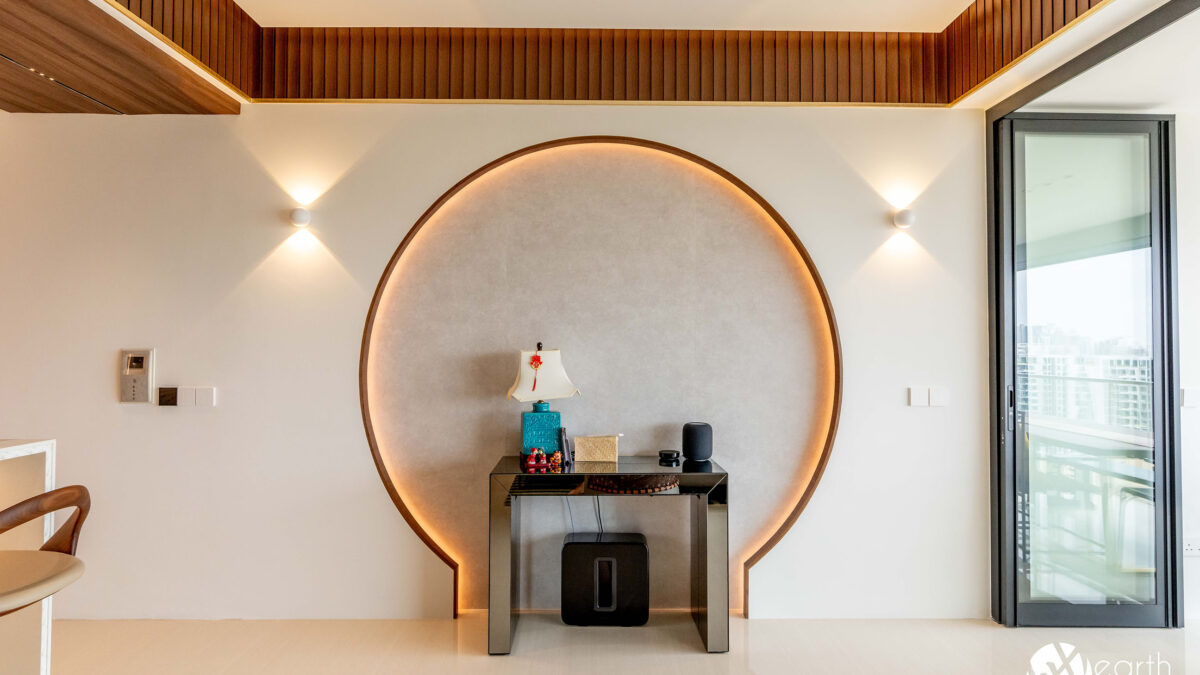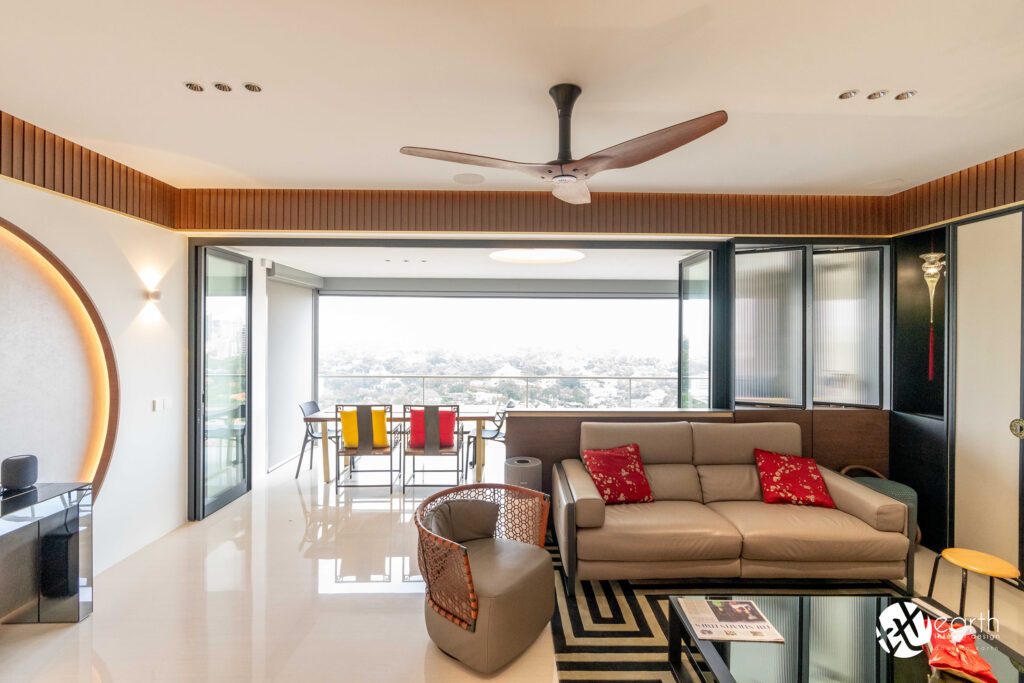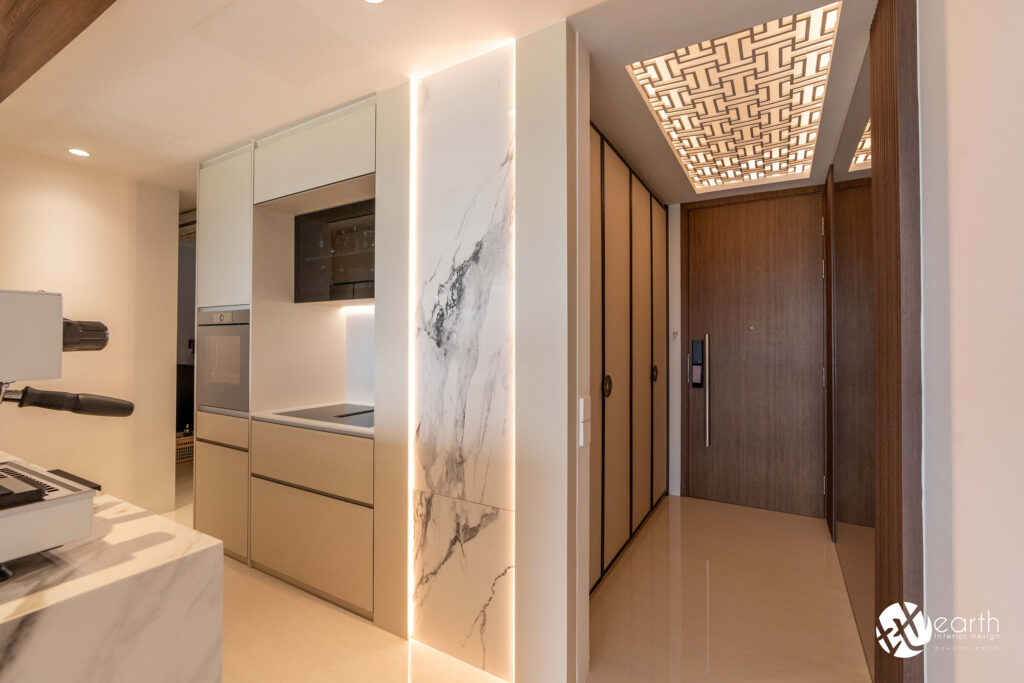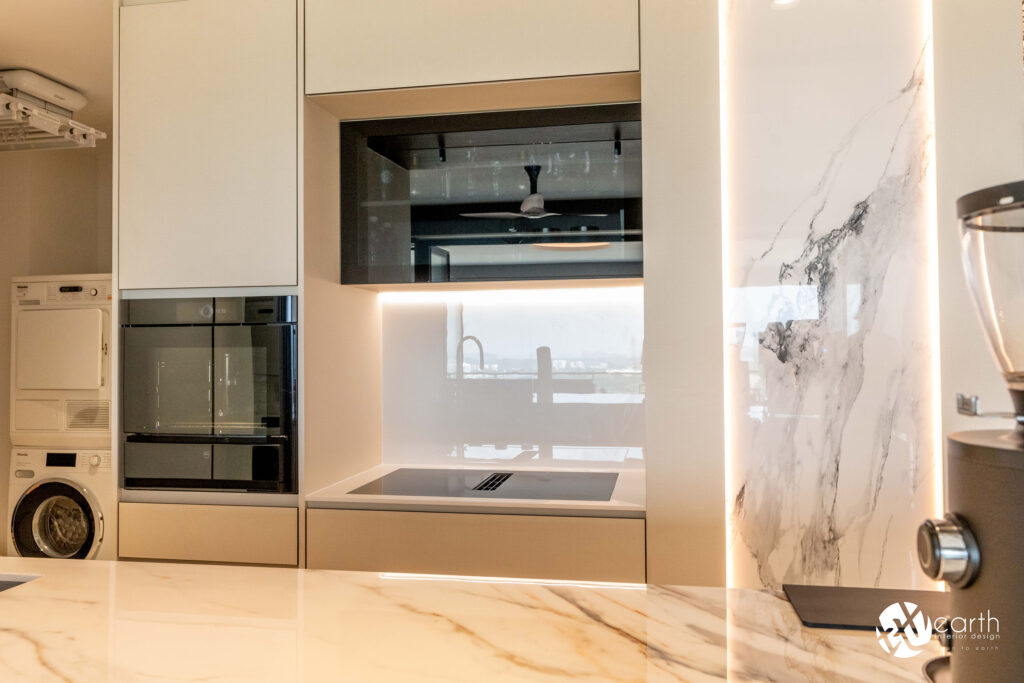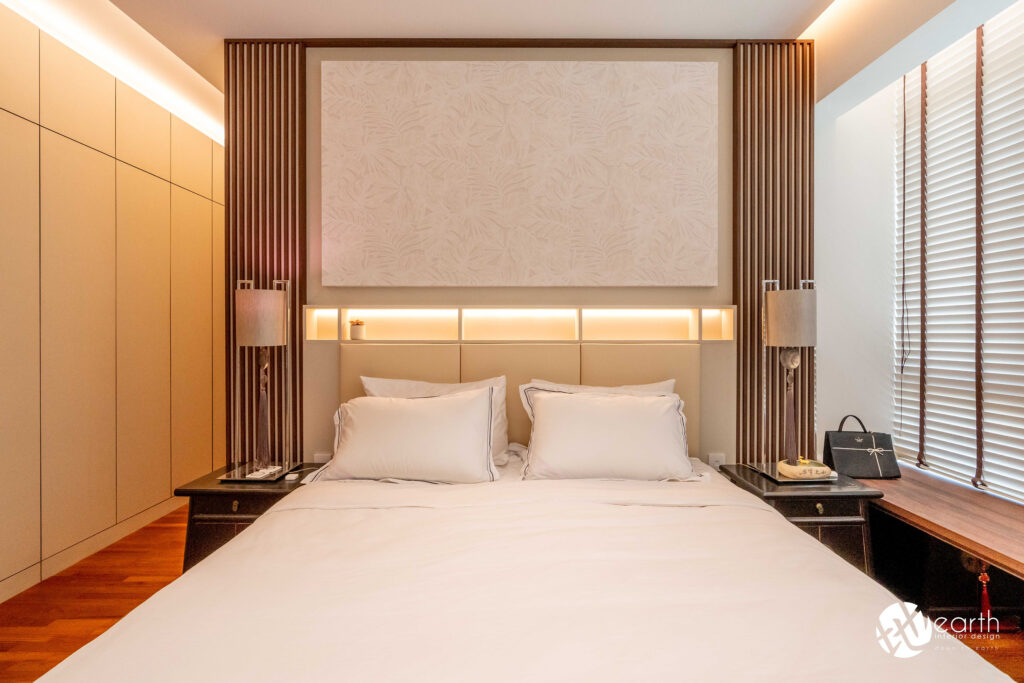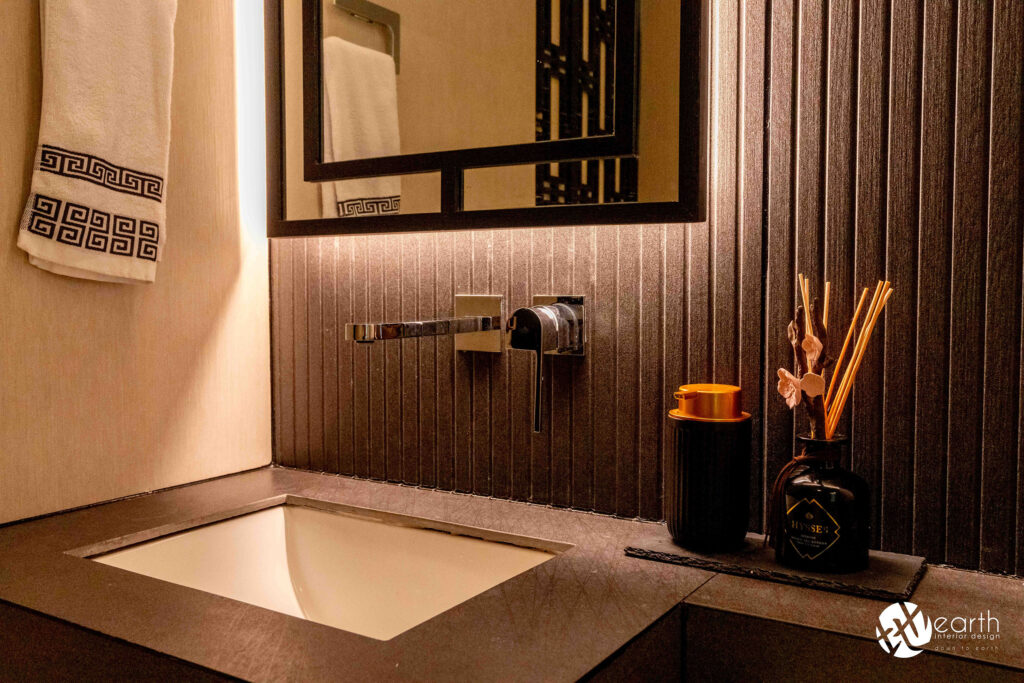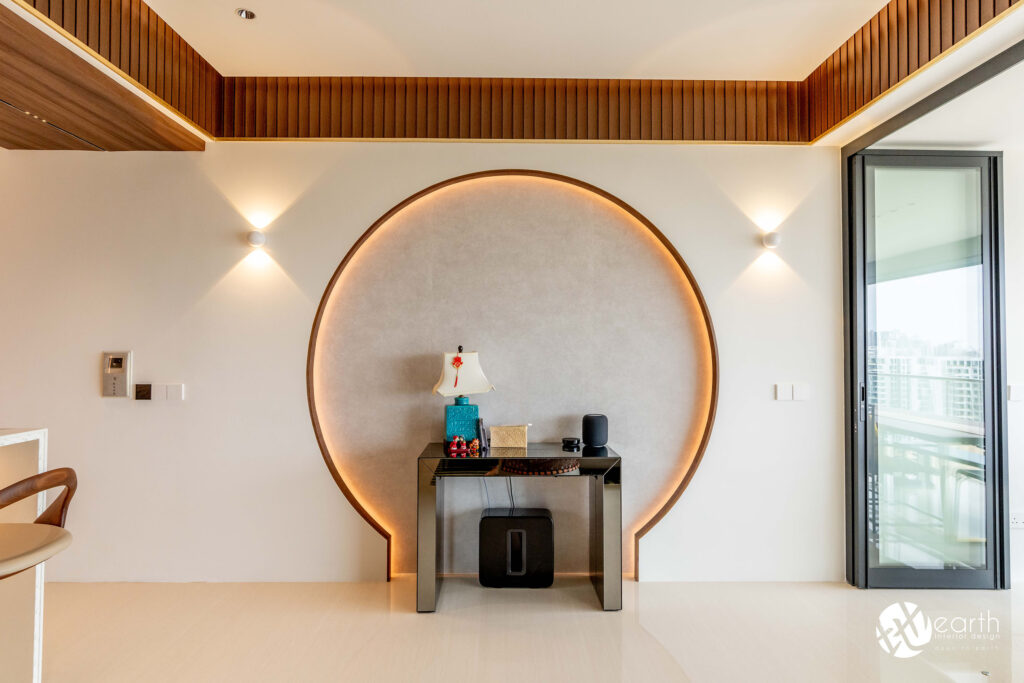Interior design can play a significant role in reducing heat at home by incorporating elements that improve ventilation, minimize heat absorption, and promote thermal comfort. Here are some ways interior design can help reduce heat:
1. Optimize Window Treatments: Use light-colored, reflective window treatments like curtains, blinds, or shades to block direct sunlight during the hottest parts of the day. Additionally, consider installing window films or reflective coatings to further reduce heat gain through windows.
2. Select Cooling Flooring Materials: Choose flooring materials that stay cool to the touch, such as ceramic tiles, stone, or vinyl, which can help maintain lower indoor temperatures. Avoid materials like dark-colored hardwood or carpeting, which can absorb and retain heat.
3. Strategic Furniture Placement: Arrange furniture to allow for efficient airflow and ventilation. Keep larger pieces of furniture away from windows to prevent blocking natural light and hindering airflow. Consider open shelving or furniture with raised legs to promote air circulation underneath.
4. Use Natural Ventilation: Design your home to maximize natural ventilation by incorporating features like operable windows, skylights, and atriums. Position windows and doors to encourage cross-ventilation and airflow throughout the home, allowing hot air to escape and cool air to enter.
5. Utilize Ceiling Fans: Install ceiling fans in rooms to enhance airflow and create a cooling breeze. Ceiling fans can help distribute cool air from air conditioning units more effectively and reduce the need for lower thermostat settings.
6. Incorporate Thermal Mass: Integrate thermal mass materials like concrete, brick, or stone into your home’s design. These materials can absorb excess heat during the day and release it gradually at night, helping to stabilize indoor temperatures and reduce reliance on mechanical cooling.
7. Implement Greenery: Incorporate indoor plants and greenery into your home to improve air quality and provide natural cooling through transpiration. Plants release moisture into the air, which can help reduce indoor temperatures and create a more comfortable environment.
8. Choose Energy-Efficient Lighting: Opt for energy-efficient LED lighting fixtures that produce minimal heat compared to traditional incandescent bulbs. This can help reduce the overall heat load in your home, especially in rooms with multiple light sources.
9. Insulate Effectively: Ensure that your home is properly insulated to prevent heat transfer through walls, ceilings, and floors. Proper insulation can help maintain consistent indoor temperatures and reduce the need for cooling systems to work harder.
10. Invest in Smart Home Technology: Consider integrating smart home technology, such as programmable thermostats and automated shading systems, to optimize energy usage and maintain comfortable indoor temperatures efficiently.

By incorporating these interior design strategies, you can create a cooler and more comfortable living environment while also reducing energy consumption and reliance on mechanical cooling systems.
